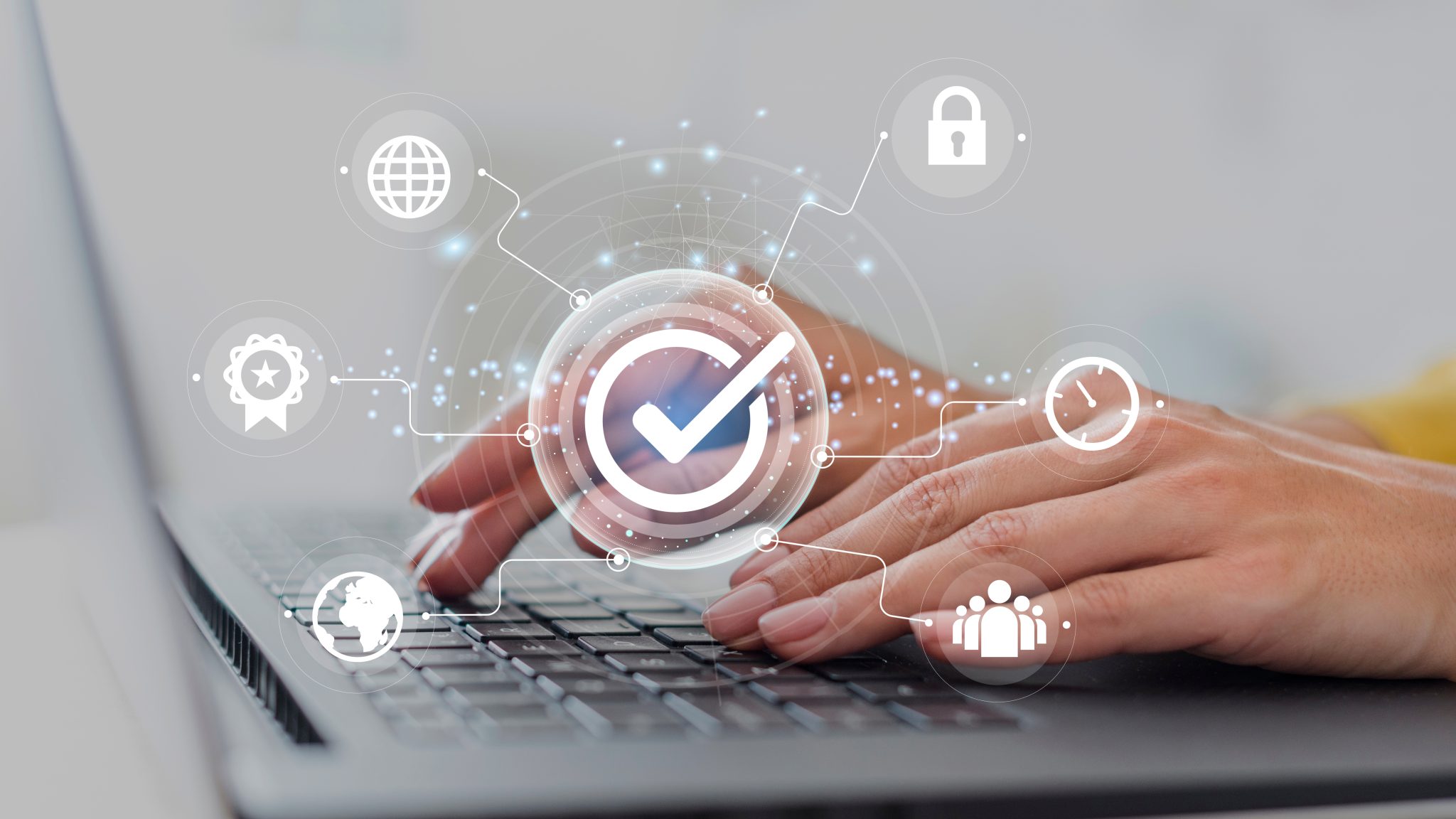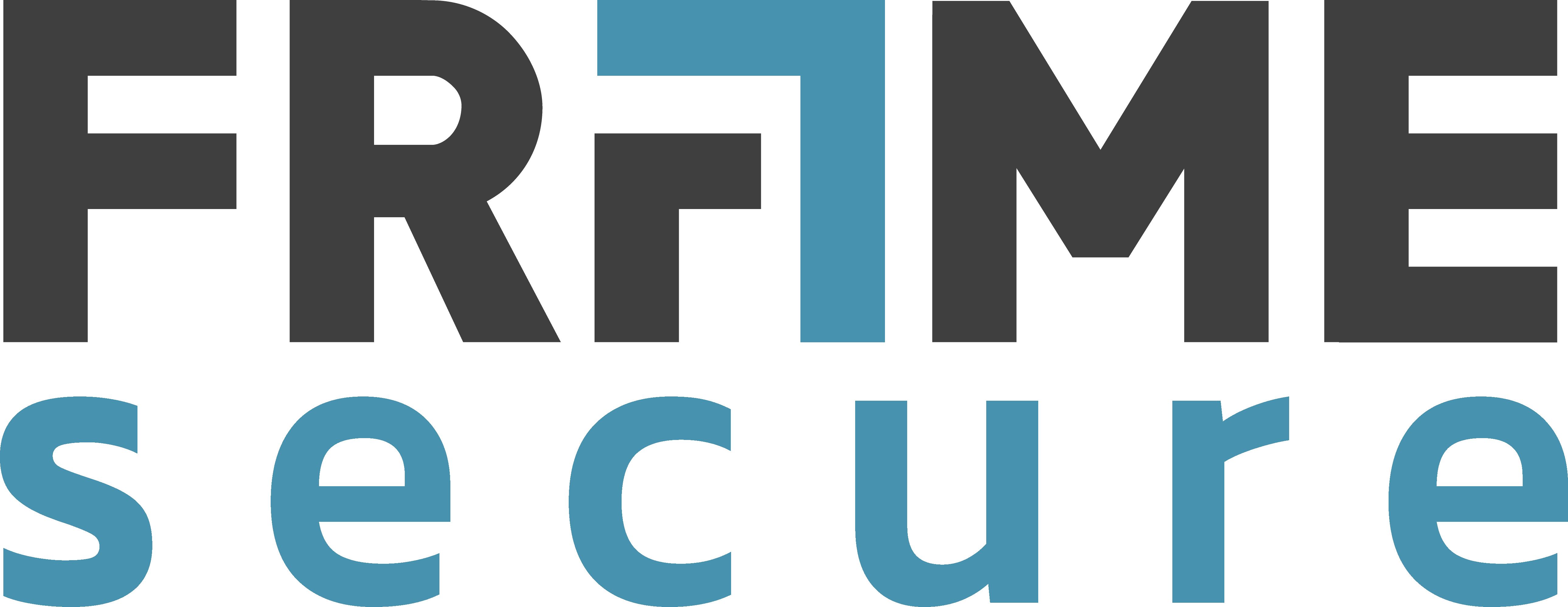
The Essential Eight: A Comprehensive Framework for Cybersecurity Excellence
In an era marked by ever increasing and more frequent cyber threats, the Essential Eight framework gives clarity and efficacy, offering organisations a carefully crafted set of strategies that prioritise simplicity, standardisation, ease of use, familiarity, and the crucial balance between protection and business continuity.
The Essential Eight is a framework for cybersecurity that offers organisations a set of strategies that focus on simplicity, standardisation, ease of use, familiarity, and balancing protection with business continuity. The framework simplifies cybersecurity by providing eight effective strategies and promotes standardisation by following the best practices of the ASD. The Essential Eight also emphasises ease of use by advocating for intuitive measures and leverages familiarity by building upon widely recognised principles and technologies. Additionally, the framework balances protection and business continuity by mitigating common threats without impeding productivity or agility.
Simplicity in Complexity:
The Essential Eight is a framework for cybersecurity that offers organisations a set of strategies that focus on simplicity, standardisation, ease of use, familiarity, and balancing protection with business continuity. The framework simplifies cybersecurity by providing eight effective strategies and promotes standardisation by following the best practices of the ASD. The Essential Eight also emphasises ease of use by advocating for intuitive measures and leverages familiarity by building upon widely recognised principles and technologies. Additionally, the framework balances protection and business continuity by mitigating common threats without impeding productivity or agility.
Standardisation for Collaboration:
Promoting standardisation across the cybersecurity landscape, the Essential Eight establishes a common set of best practices endorsed by the Australian Signals Directorate (ASD). This standardisation fosters collaboration and knowledge sharing among organisations, facilitating benchmarking, compliance efforts, and enhancing interoperability between different cybersecurity solutions and technologies.
Ease of Use:
Emphasising ease of use, the Essential Eight framework recognises the importance of practical, user-friendly cybersecurity measures. By advocating for intuitive and straightforward deployment and maintenance of strategies such as configuring Microsoft Office macro settings or enabling multi-factor authentication, the framework ensures seamless integration of cybersecurity into daily operations.
Familiarity Breeds Confidence:
The Essential Eight leverages familiarity by building upon widely recognised cybersecurity principles and technologies. By utilising established practices such as application whitelisting, patch management, and user access controls, the framework capitalises on existing knowledge and infrastructure within organisations, accelerating the adoption of its strategies and reducing the learning curve for IT professionals.
Balancing Protection and Business Continuity:
Perhaps most crucially, the Essential Eight strikes a delicate balance between protection and business continuity. In today’s interconnected world, businesses must defend against cyber threats while ensuring uninterrupted operation of critical systems and services. By focusing on strategies that mitigate common threats without unduly impeding productivity or agility, the framework enables organisations to achieve robust cybersecurity defences without sacrificing operational efficiency or innovation.
Application Control:
One of the foundational strategies of the Essential Eight is application control. This involves ensuring that only approved applications can execute within an organisation’s environment, thereby reducing the risk of malicious software infiltrating systems. By restricting the execution of unauthorised applications, businesses can mitigate the threat of malware and maintain greater control over their digital infrastructure.
Patching Applications:
Regularly patching applications is another key component of the Essential Eight framework. By promptly applying patches and updates to software, organisations can address known vulnerabilities and protect against exploitation by cyber adversaries. This proactive approach to patch management helps to close security gaps and bolster the overall resilience of systems and applications.
Configuring Microsoft Office Macro Settings:
Microsoft Office macro settings can be a vector for cyber threats if not properly configured. The Essential Eight advises organisations to implement stringent controls on macro settings to prevent malicious macros from compromising system security. By configuring these settings to block macros from untrusted sources while allowing those from trusted locations, businesses can mitigate the risk of macro-based attacks.
User Application Hardening:
User application hardening means setting up applications to make them harder to attack and limit possible ways for attackers to exploit them. By taking steps such as turning off unneeded features and lowering user permissions, organisations can improve the security level of their applications and decrease the chance of cyber-attacks succeeding.
Restricting Administrative Privileges:
Limiting administrative privileges is a fundamental security principle advocated by the Essential Eight framework. By restricting the number of users with elevated privileges and enforcing the principle of least privilege, organisations can minimise the risk of insider threats and mitigate the potential impact of compromised accounts. This proactive approach to access control helps to prevent unauthorised access to sensitive systems and data.
Patching Operating Systems:
Regularly patching operating systems is essential for maintaining the security of IT infrastructure. The Essential Eight recommends implementing a rigorous patch management process to ensure that operating systems are kept up to date with the latest security updates and patches. By promptly addressing known vulnerabilities, organisations can reduce the risk of exploitation by cyber adversaries and strengthen their overall security posture.
Multi-Factor Authentication:
Another security control that the Essential Eight framework advises is multi-factor authentication (MFA. MFA makes users give more than one type of proof before they can access systems or data that are sensitive. This extra security layer goes beyond password-based authentication that is traditional. This extra security step helps to stop accounts from being accessed without permission, even if passwords are hacked.
Daily Backups:
Backing up data and systems every day is a vital part of any cybersecurity plan, and the Essential Eight framework acknowledges their value. By frequently creating backups of crucial data and systems, organisations can reduce the damage of data loss or system breach caused by cyber-attacks or other unexpected events. Having a strong backup strategy helps to maintain business operations and enables quick recovery in the event of a security incident.
Conclusion:
To sum up, the Essential Eight framework is a model of cybersecurity excellence, giving organisations a complete set of strategies that focus on simplicity, standardisation, ease of use, familiarity, and the right balance between protection and business continuity. By adopting this framework, businesses can deal with the complicated landscape of cybersecurity risks with confidence, knowing that they have applied practical measures that produce real-world results. As cyber threats keep changing, the Essential Eight acts as a foundation upon which organisations can create robust and adaptable cybersecurity defences to protect their digital assets and ensure a secure future.
Why Frame for Essential Eight Rapid Assessment
Frame offers a fast and reliable way to assess your Essential Eight compliance, giving you assurance that you meet the highest standards of cybersecurity. Our team of experts are accredited by Microsoft, Cisco, VMware and other leading vendors, ensuring that you get the best advice and solutions for your needs.

